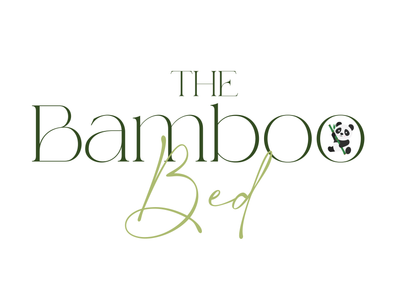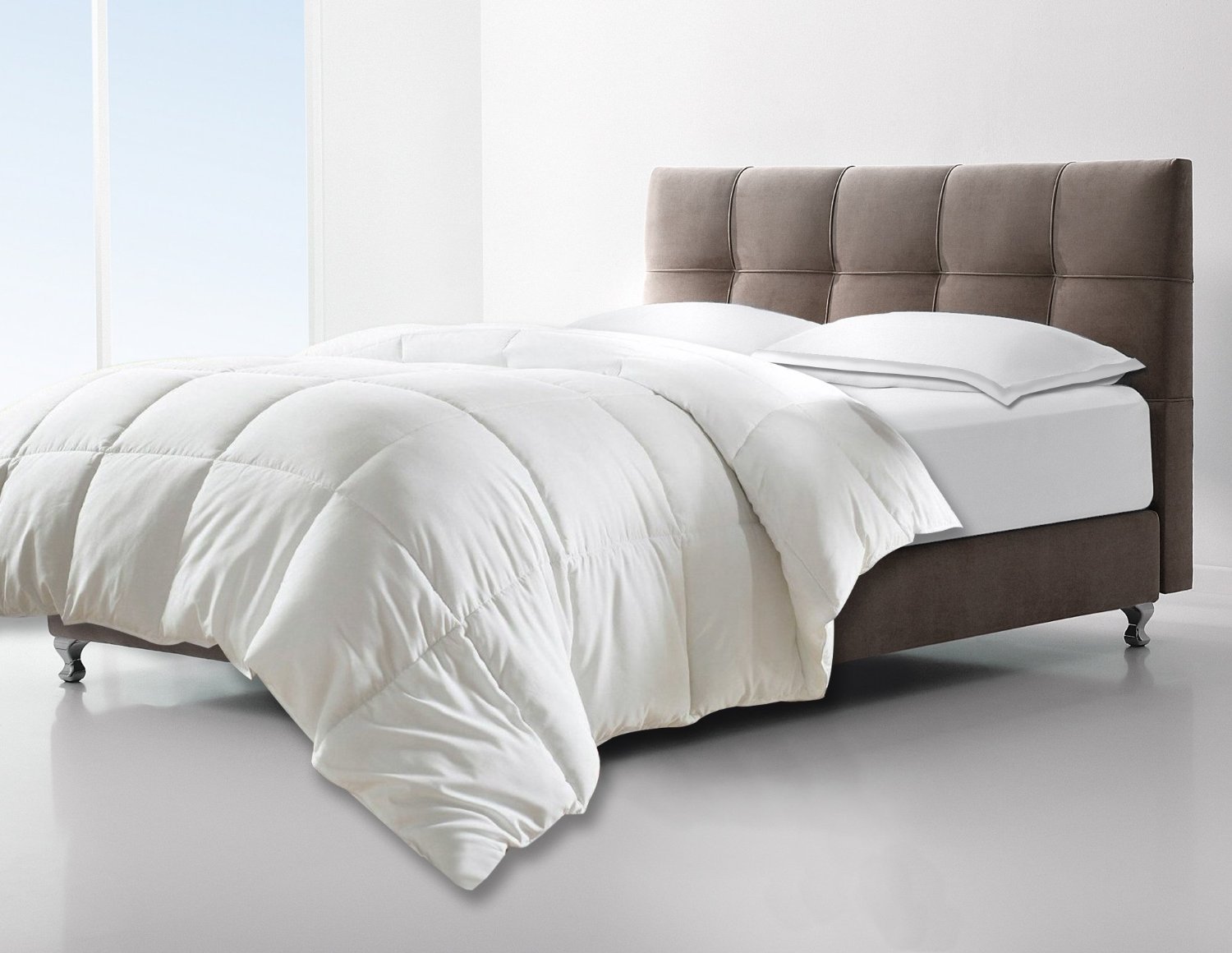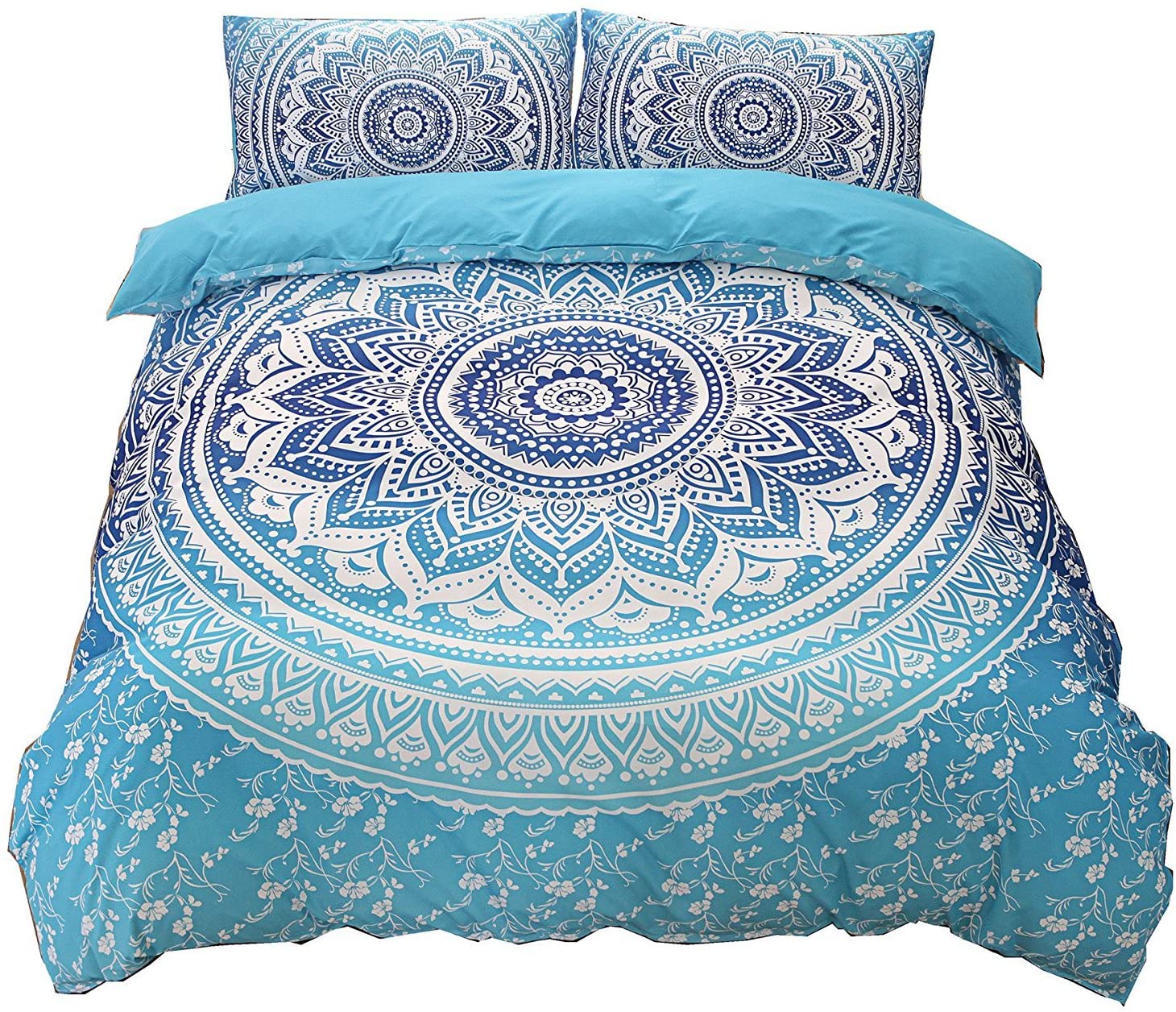Comforters are a mysterious necessity. Most of us do not even know what is in our comforter, but only that it lures and soothes us. While goose down comforters is easy to identify, other fill materials seem like a secret. The feel of natural down cannot be everybody’s first choice so with innovation these authentic comforters have been recreated with the use of synthetic fibers. Some are so good that those who prefer natural down comforters prefer alternative materials.
Here are 5 goose down alternative fill materials more commonly used:
- Synthetic Polyester Fiber: This umbrella category could reflect a variety of unique blends to man-made alternatives, which could include a wide medley of synthetic, hypoallergenic materials or microfibers.
- Gel Fiber: Although the word ‘gel’ paints a strange picture as a fill for a comforter, it actually refers to polyester gel fibers. Gel fiber is lightweight, cushy, and can be easily scrunched. It is said to have almost identical properties to natural down.
- Exotic Natural Fill: If you like the idea of exquisite fills in your comforter, keep your eyes open for natural fillers made from bamboo, silk, and buckwheat hull.
- Wool: Wool is another natural fill and it is commonly used in brand comforters. Known for the durability and thermal properties, wool still remains a high demand bedding material
- Cotton: This goes without saying, cotton is used for almost everything we use or wear in some shape, way, or form. Whether it is a cotton blend with other materials thrown in or tagged as 100 % cotton, you are going to see this as the number one alternative fill aside from a polyester blend.

Before you decide
Down has the advantage of being naturally insulating without the heaviness. Down is better at regulating body temperature an alternative manmade fill. Many people will choose alternative comforters because of allergies. Yet, studies have proven that it is not necessarily the feathers in the comforter causing the problems, but dust mites. When buying down, some choices are a bit more costly all based on quality. Synthetic fills are inexpensive, and typically the choice for allergy sufferers. Alternative comforters are durable, but they lack the efficiency of down at regulating temperature. It is the filling which brings the amazing warmth.
There are other considerations to keep in mind when shopping for a great comforter whether it is goose down or alternative made. Fabric is incredibly diverse in bedding products, so be prepared to fall in love with one or more comforters based on the fabric alone. Here are a few high end delicacies to touch, feel, and see while you are out comforter shopping.
- Batiste: This opaque cotton or cotton-blend fabric is known for being lightweight. It’s a plain weave fabric that’s gentle enough to be used for baby clothing and lingerie.
- Sateen: A low-luster fabric typically made of cotton, sateen is soft and smooth. Look closely, and you’ll notice a bit of a luster—though it’s not quite as shiny as satin.
- Damask: Damask is a glossy fabric. It features a simple, reversible pattern that is usually created by contrasting textures, like subtle stripes or checkers.
- Cambric: This delicate fabric is particularly fine. It’s very lightweight white linen, often used for linens, handkerchiefs, and even for lace and needlework.
About thread count
Thread count is important to some and to others they don’t even notice the difference. If you are one of those whose skin knows its thread count, then you already know the higher the count the better. Why is this? Thread count is a measure of the number of threads sewn per square inch in a comforter. A high thread counts equals a smooth, soft, and more breathable fabric.
- 100-200: This was considered to be the standard thread count for decades and still can be found inexpensively if it doesn’t matter to you how much your thread count is.
- 200-400: A thread count in this range means average but leaning more towards a high quality cotton.
- 400-600: When you take the thread count to this level, you’re entering the luxury zone.
- 600+: A thread count beyond 600 might be noticeable to the most knowledgeable of sleepers, but the difference to most people will be very slight, if even at all. It is comparable to a soft, slippery silk feel.
Buying a comforter all comes down to personal choice. It requires examining the fill claim and what materials are used on the outside as well. For most people, as soon as they eye a comforter and then squish it over and over, that particular comforter is considered sold.



